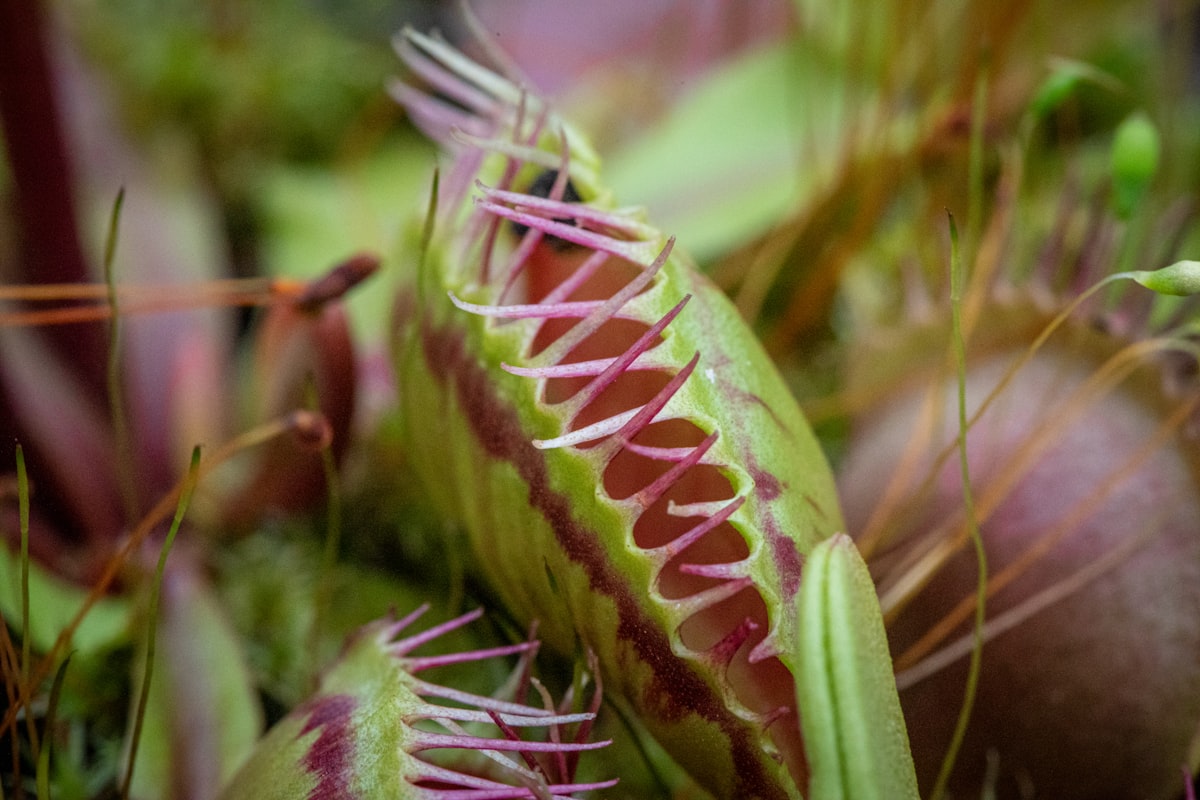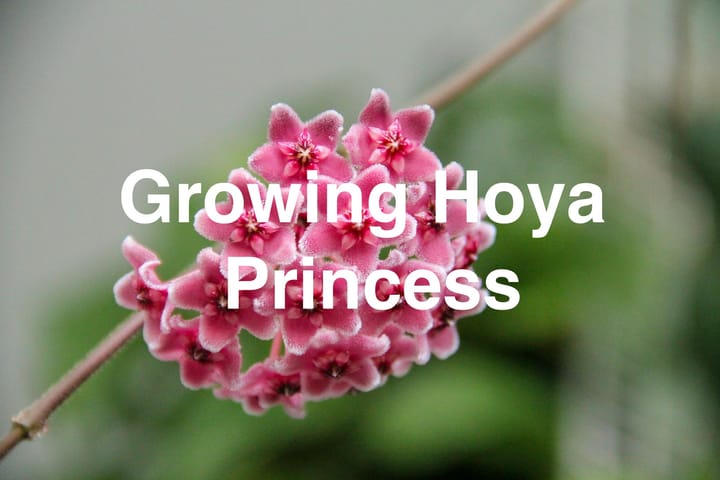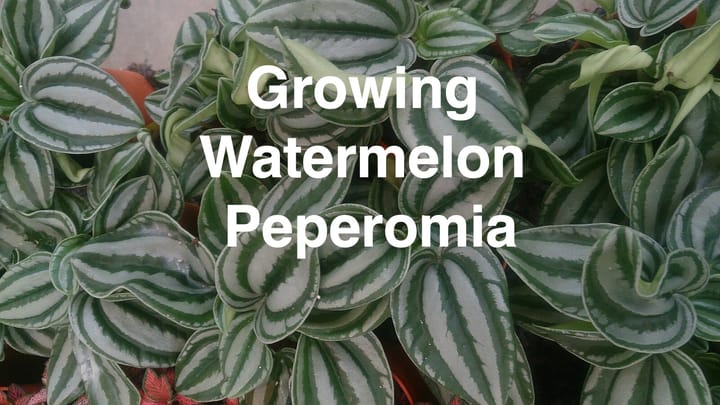How to Grow Venus Fly Trap
Growing Venus flytraps can be a rewarding and fascinating hobby for plant enthusiasts.

Table of Contents
These carnivorous plants, native to the subtropical wetlands of the southeastern United States, are known for their unique trapping mechanisms that help them catch and digest insects for nourishment.
To successfully cultivate a Venus flytrap, it's essential to replicate its natural habitat and provide the specific growing conditions it requires.
This includes exposure to bright sunlight, maintaining mildly acidic soil, and mimicking the humidity levels of its original environment.
Following the proper care guidelines can nurture a thriving Venus flytrap at home.
About Venus Fly Trap
The Venus flytrap (Dionaea muscipula) is a unique carnivorous plant native to North and South Carolina, particularly in nutrient-poor soil bogs.
Recognized for its distinct trapping mechanism, it uses its specialized leaves to capture insects, providing the plant with the nutrients it needs in its naturally nutrient-poor environment.
Venus flytraps are often grown as houseplants due to their fascinating qualities and bear small white flowers.
Several varieties, such as Red Dragon, feature red traps.
Though they can be grown alongside carnivorous plants like sundews, maintaining the ideal conditions, such as peat moss-based soil, is crucial for their survival and growth.
Planting Venus Fly Trap
To plant your Venus Fly Trap, prepare a pot with a well-drained soil mix of equal parts perlite and peat moss.
Sphagnum can be used as an alternative to peat moss to create an acidic soil environment, which is ideal for your Venus Fly Trap.
Avoid using regular potting soil as it may not provide the right conditions for healthy growth.
You can grow your Venus Fly Trap indoors and outdoors, though they usually prefer being outdoors in direct sunlight or full sun.
If you choose to grow it indoors, ensure sufficient lighting by placing it near a bright, white light source.
Good air circulation is also essential, so ensure adequate ventilation around the plant.
When sowing seeds, carefully place them on the soil surface without covering them, as they require light to germinate.
Stay dedicated to cultivating your Venus Fly Trap and watching it thrive!

Caring for Venus Fly Trap
Sun and Temperature
Venus fly traps require at least six hours of bright sunlight per day. Keep them 4-7 inches away from fluorescent lights if grown indoors.
Ensure they receive direct sunlight or adequate artificial light to maintain a pink interior and proper leaf growth.
Maintain a temperature range between 60-95°F during their growing season and around 45°F during their dormancy period in the winter.
Water and Humidity
Always water your Venus fly trap with rainwater or distilled water, as tap water contains minerals that may damage the plant.
Use a shallow water tray to moisten the soil during the growing season.
The plant thrives in a humid environment, so consider using a terrarium or an old aquarium with a cover to maintain the humidity.
Soil and Fertilizer
A Venus fly trap prefers acidic soil with a pH of 3.5 to 5. Aim to use a soil mix of sphagnum peat moss and perlite for optimal growth.
Since these plants are carnivorous, they obtain their nutrients from insects rather than relying on fertilizers. Avoid fertilizing them, as this can harm their delicate roots and affect their growth.
Repotting
Repot your Venus fly trap every 1-2 years during the plant's dormancy period. Gently remove the plant from its pot, preserving the rhizomes and roots.
Prepare a fresh pot with a well-draining soil mix of perlite, peat moss, and acidic soil. Carefully transplant the plant into the new pot, ensuring its rhizome is below the soil surface.
Pruning and Propagation
To propagate Venus fly traps, you can use leaf cuttings or division.
Remove a healthy leaf from the plant and place it on moist soil for leaf cuttings. Cover it with a plastic bag for humidity and provide adequate light.
For division, during repotting, carefully separate the rhizomes into two or more sections and plant each into its pot.
Troubleshooting Plant Problems
Growing Problems
If your Venus fly trap is not thriving, it could be due to insufficient sunlight. These plants require at least six hours of bright sunlight per day.
Keep flytraps 4 to 7 inches away from fluorescent lights when grown indoors.
Another issue may be improper soil, as Venus flytraps need nutrient-free, mineral-free soil to survive. Using regular soil will harm your plant.
Another common growing problem is over or under-watering.
Venus flytraps prefer to sit in a tray of distilled water, ensuring the correct moisture level. Avoid tap water, as it contains minerals that can harm the plant.
Maintain proper humidity conditions while not allowing the plant to sit in standing water, which can lead to mold and fungus growth.
Pests and Diseases
Despite being a carnivorous plant, Venus flytraps can fall victim to pests such as aphids and beetles.
It's essential to watch for signs of infestation and act quickly to remove these pests. You can use tweezers to handpick pests or apply insecticidal soaps to eliminate the problem.
Fungus and mold can also be harmful to your Venus flytrap. Overwatering and inadequate air circulation contribute to fungus and mold growth.
To prevent the problem, avoid keeping your plant in an overly damp environment and ensure proper ventilation.
If fungus or mold does appear, remove the affected parts of the plant and clean the terrarium to limit the spread of infection.
Conclusion
Caring for your Venus Fly Trap requires diligence and attention to specific conditions.
Ensure that the growing medium remains moist, and use only distilled water, rainwater, or reverse osmosis water when watering your plant.
Place it in an environment that provides adequate sunlight or artificial light and maintains a consistent temperature for optimum growth.
Following these guidelines, you can grow and enjoy your fascinating carnivorous plant.
Frequently Asked Questions
What type of soil is best for Venus Fly Traps?
Venus Fly Traps thrive in a mix of sphagnum peat moss and perlite or sand. Always use distilled water or rainwater when watering.
How often should I water my Venus Fly Trap?
Keep the soil consistently moist but not overly saturated. Fill a tray beneath the pot with water to maintain proper moisture levels.
What size can a Venus Fly Trap reach?
A Venus Fly Trap can grow up to 6-12 inches tall. Each trap can reach a size of about 1 inch.
Can Venus Fly Traps thrive indoors?
Venus Fly Traps can grow indoors with at least 6 hours of sunlight daily. Keep them 4-7 inches away from fluorescent lights.
How long is the lifespan of a Venus Fly Trap?
A Venus Fly Trap can live up to 20 years or more with proper care. However, individual traps have shorter lifespans, typically lasting about three months.
What are the necessary conditions for outdoor Venus Fly Trap care?
Outdoor conditions may vary, but Venus Fly Traps need sun and a consistently moist environment. They are hardy in USDA zones 6a to 10a and can tolerate occasional standing water.


